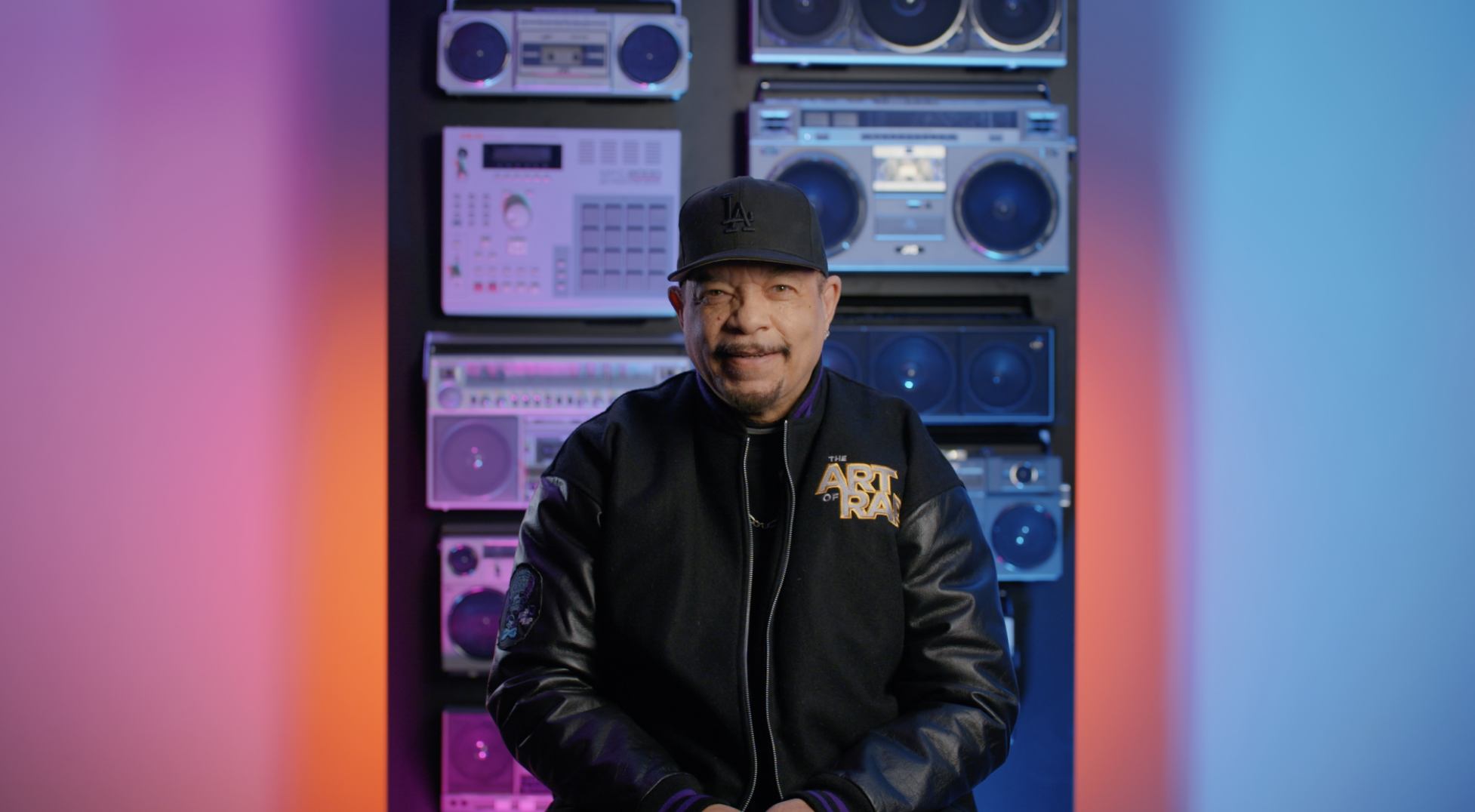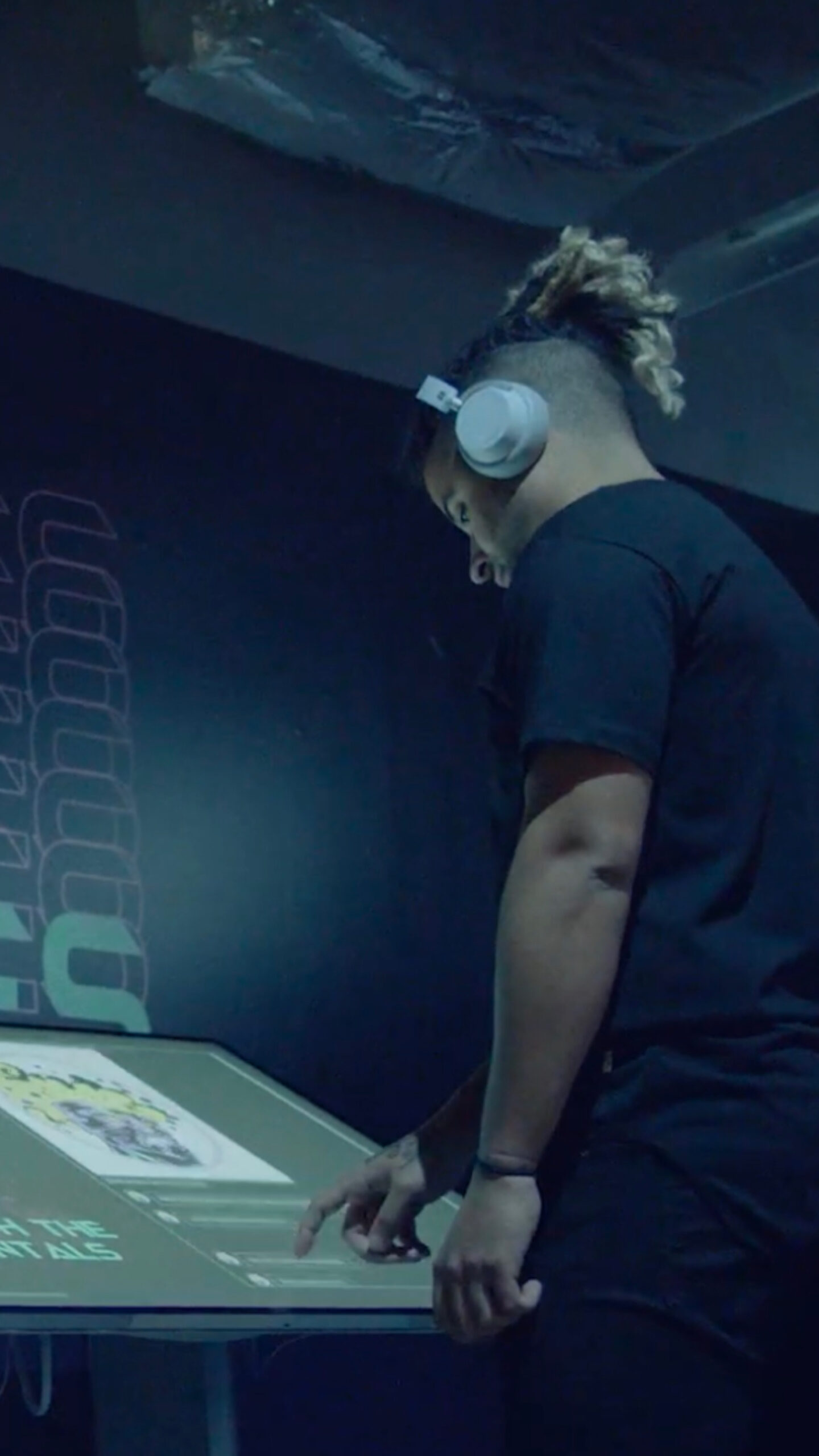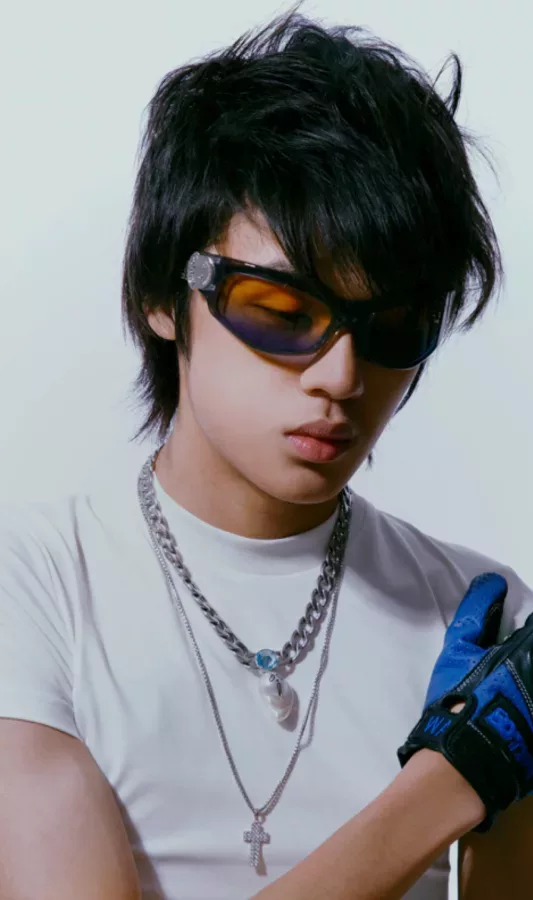As Grandmaster Caz of the Cold Crush Brothers would say, it’s amazing how Hip Hop hasn’t invented anything, but it’s reinventing everything.
Let’s take a trip to the Bronx, New York. Home of the Yankees. Edgar Allan Poe’s last residence. Aka, “the boogie down Bronx.” A hotbed of art, vibrant nightlife, and bustling denizens moving with the ebb and flow of the ever-busy city.
And if you didn’t know, the birthplace of hip-hop music.
A little over 50 years ago, an apartment party was held in the Bronx. Sedgwick Avenue, specifically. It was from here that Hip Hop would be introduced to the world from their small corner of the universe. If you queued up a rap song on your way to work today, you can thank the Bronx. If you’ve ever freestyled in your room when you thought nobody was listening, you can thank the Bronx. If you’re one of the millions of people who loves hip-hop music and has helped it become one of the most popular genres of music today—yeah, thank the Bronx.
That’s why The Hip Hop Museum (THHM), an institute dedicated to the preservation and advancement of Hip Hop history, is preparing to open its doors here. A lot has changed in 50 years, from the early pioneers who ushered in the new culture to Biggie’s COOGI sweaters and Run DMC’s signature Adidas Superstars, the trap musings of Future, the video game and fast food collabs, Doja Cat and Lil Nas X’s fits at the Met Gala … It seems like Hip Hop is everywhere—its influence is global.
But what’s remained consistent, from birth, is that Hip Hop has been the art of inspiration. Taking things that already exist—melodies, rhythms, lyrics, dance, fashion, ideas—and reforming them into something new, personal, unique. Then it’s paid forward, as each generation samples and remixes the work that came before.
Image carousel
Technology and the spirit of innovation make the practice possible, and both have existed at Hip Hop’s core since day one. From the first mixers to the myriad tools you can find in the studios that exist today, technology has always lent a hand in helping Hip Hop artists tell their stories. So, Microsoft teamed up with THHM in a multiyear partnership, with support from the AI for Cultural Heritage initiative that will continue empowering the Hip Hop community to create art in fresh, cutting-edge ways.
This generation is as hungry as ever to discover new inspirations and use them to push the sound of culture and Hip Hop—and they have the tools to help them do it.
I spent my life between the light blue lines of loose leaf.
A fresh, blank page
Imagine this: You’re one of many bright-eyed students, sitting eagerly in a classroom where the air is buzzing with creativity and excitement—and Ice T asks you to write a rap. Now you start to sweat. What do I write about? My home? My ambitions? What flow do I want? Can I even do this? You’re face-to-face with a monster that’s taken down even the most seasoned hip-hop veterans: the blank page.
“I spent my life between the light blue lines of loose leaf,” says Ice T. “Most rappers spend a lot of time looking at that book, and sometimes it’s easy to write and other times it’s not.”
Every hip-hop song and artist begins with the blank page. It’s something that can take a minute or a month to fill, depending on when the inspiration strikes. But what if there were a tool that helped spark that flame of inspiration? Helped you work through the brainstorming process—then even gave you thought starters you could shape into your own lyrics?
Suddenly, Ice T’s request wouldn’t seem so intimidating. And it’s because that tool exists with the help of Microsoft Copilot, and it’s called FlowScholar.
In August 2023, Microsoft and THHM invited young creatives to The Microsoft Garage in NYC to experiment with AI in hip-hop alongside Ice T—who rose to fame with gangsta rap in the ’80s.
Whether the students had experience rhyming or not, FlowScholar helped guide them through the brainstorming process so they could unlock the inspiration necessary to create and tell a powerful, personal story of their own.
Students hit a creative flow writing their own lyrics, imagining how their lyrics could come to life visually with AI in Microsoft Copilot, and ultimately performing their rap songs on the mic.
AI’s now being used in a creative way … and it can open the door to so many new things.
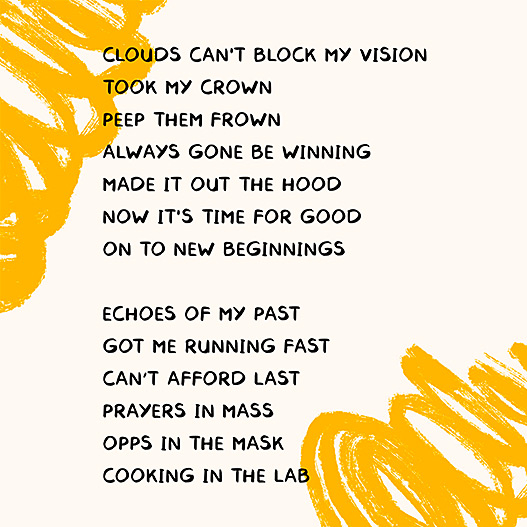
The Icon Tyler team named their rap Geniuses Live in the Ghetto “because we do.” Every verse is personal. Drawn from the inspirations and experiences of the MC who wrote it.
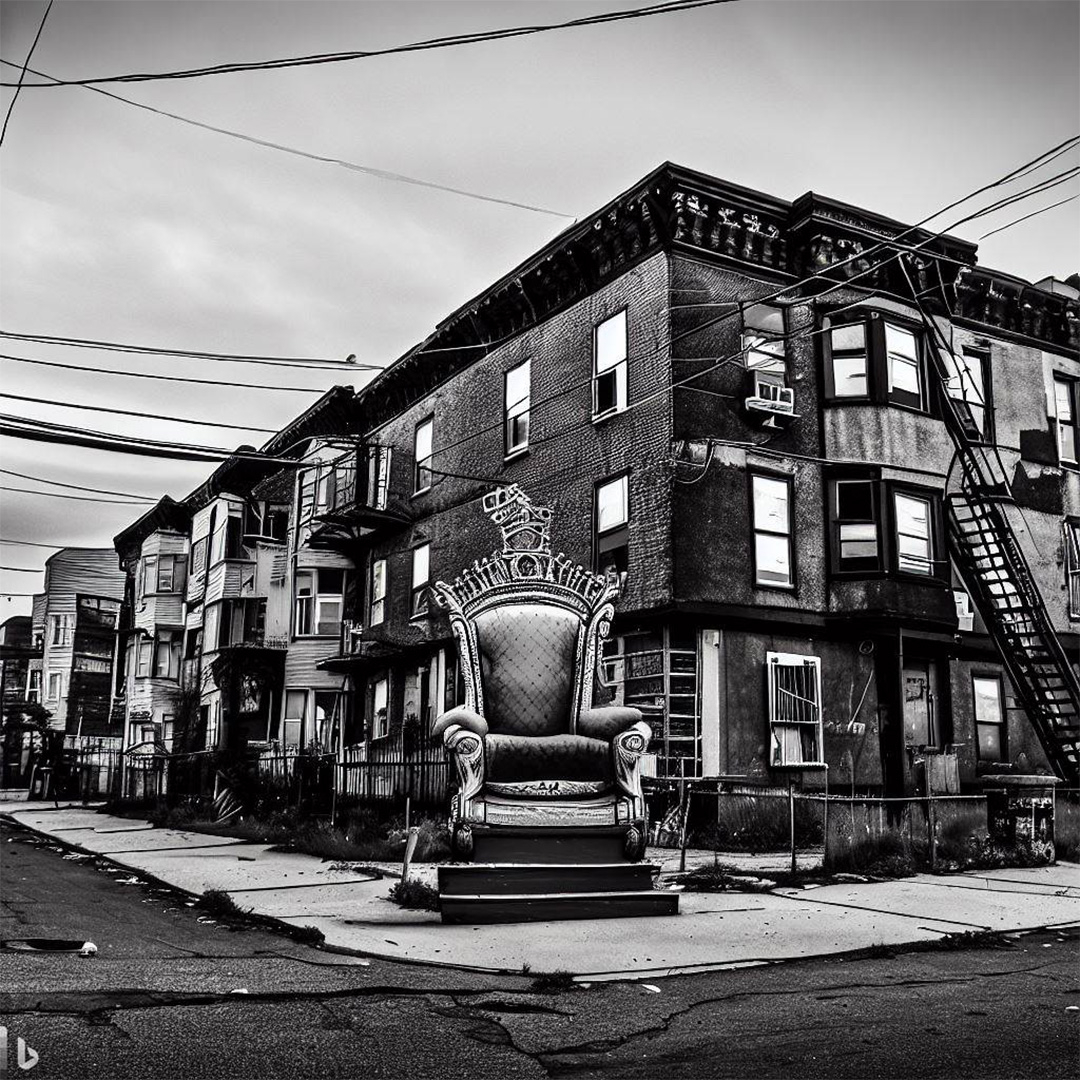
Imagined by the Icon Tyler team to bring their Geniuses Live in the Ghetto lyrics to life.
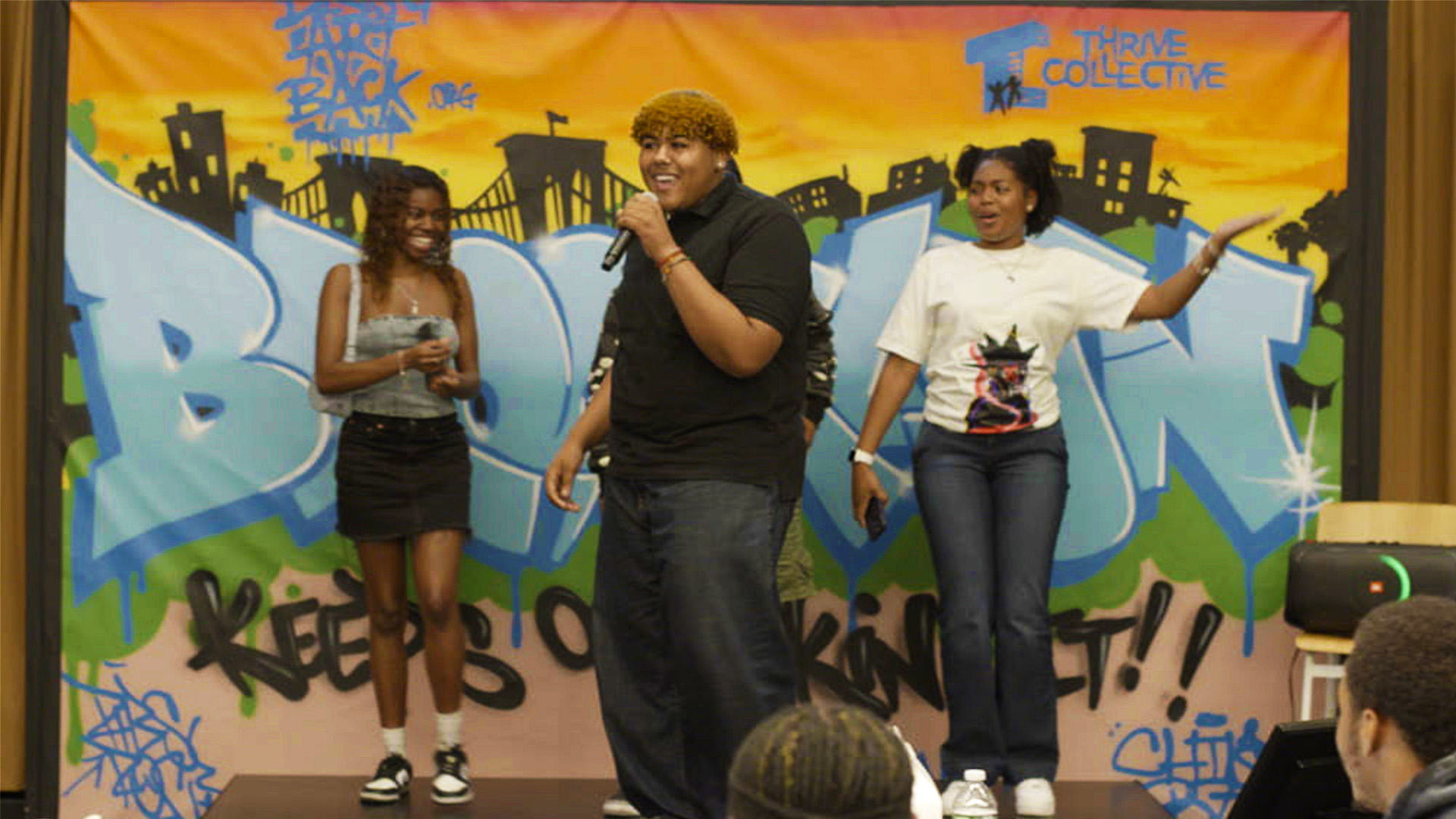
Tyler James Bennet or “Icon Tyler” performs their rap song with group Jahira Hair, Cynethia Lancaster, and Amiyah Ramirez supporting on hype vocals, letting their energy spill into the lyrics.
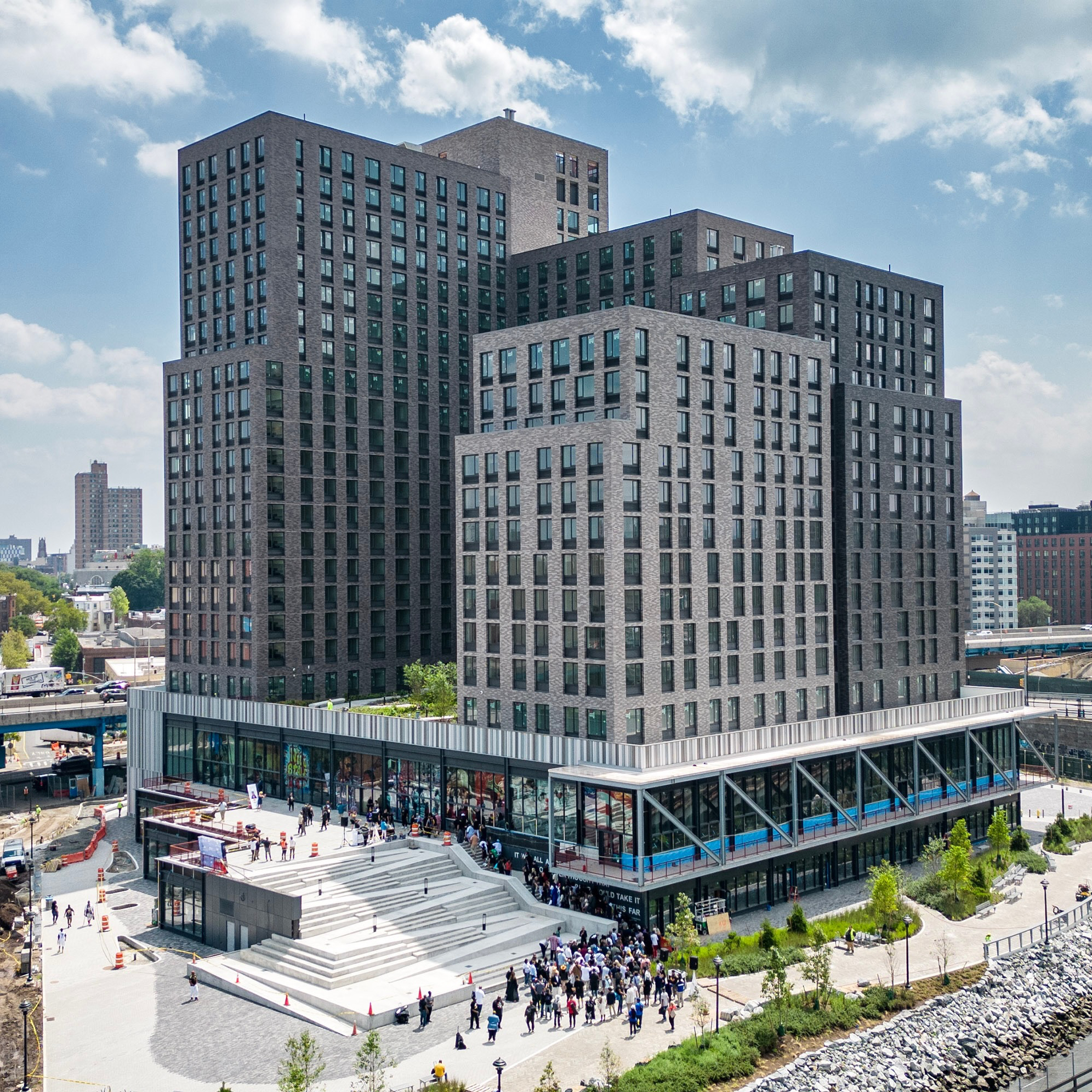
The Hip Hop Museum being built will take up 60,000 square feet of the Bronx Point development, including 1 million square feet of affordable housing above the 2-story museum.
Standing the test of rhyme
If there’s one thing you can count on in Hip Hop—from its roots in the Bronx to the global phenomenon it is today—it’s that it’s going to keep changing. The sounds will change, the songs in your rotation will change, and the stories and conversations will change.
This is Hip Hop’s legacy. One that isn’t afraid to take what exists and experiment, remix, remaster, reinvent.
To the Bronx, thank you. Here’s to 50 more years—and many beyond—of showing the world what’s possible when inspired; passionate creatives have a mic and something to say.
The Hip Hop Museum is under construction and will open its doors as the Official Record of Hip Hop the summer of 2025.
Hip Hop is participatory. That’s why I say I AM Hip Hop.
Putting the “story” in history
FlowScholar isn’t the only experience Microsoft and THHM are building together. The [R]Evolution of Hip Hop pop-up exhibit infused Microsoft AI to help make learning about Hip Hop history feel less like a lecture and more like a conversation. Hip Hop is all about starting conversations.
The resulting Breakbeat Narratives is a personalized experience designed not to speak at patrons, but speak with them. Patrons sift through Hip Hop history by asking the questions they want answers to and an interactive narrator—a “cosmic elemental,” who’s basically the coolest Hip Hop guru you could ask for—responds and opens the doors to deeper discovery.
If you left the exhibit with a desire for some new tunes to listen to, it was no sweat: Breakbeat Narratives gave one of the best GIFs you can get (if you know, you know) in a personalized playlist of hip-hop songs based on your preferences and interests.
